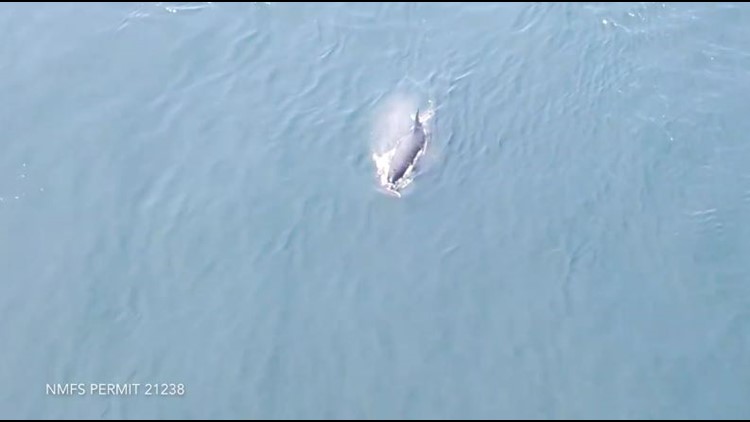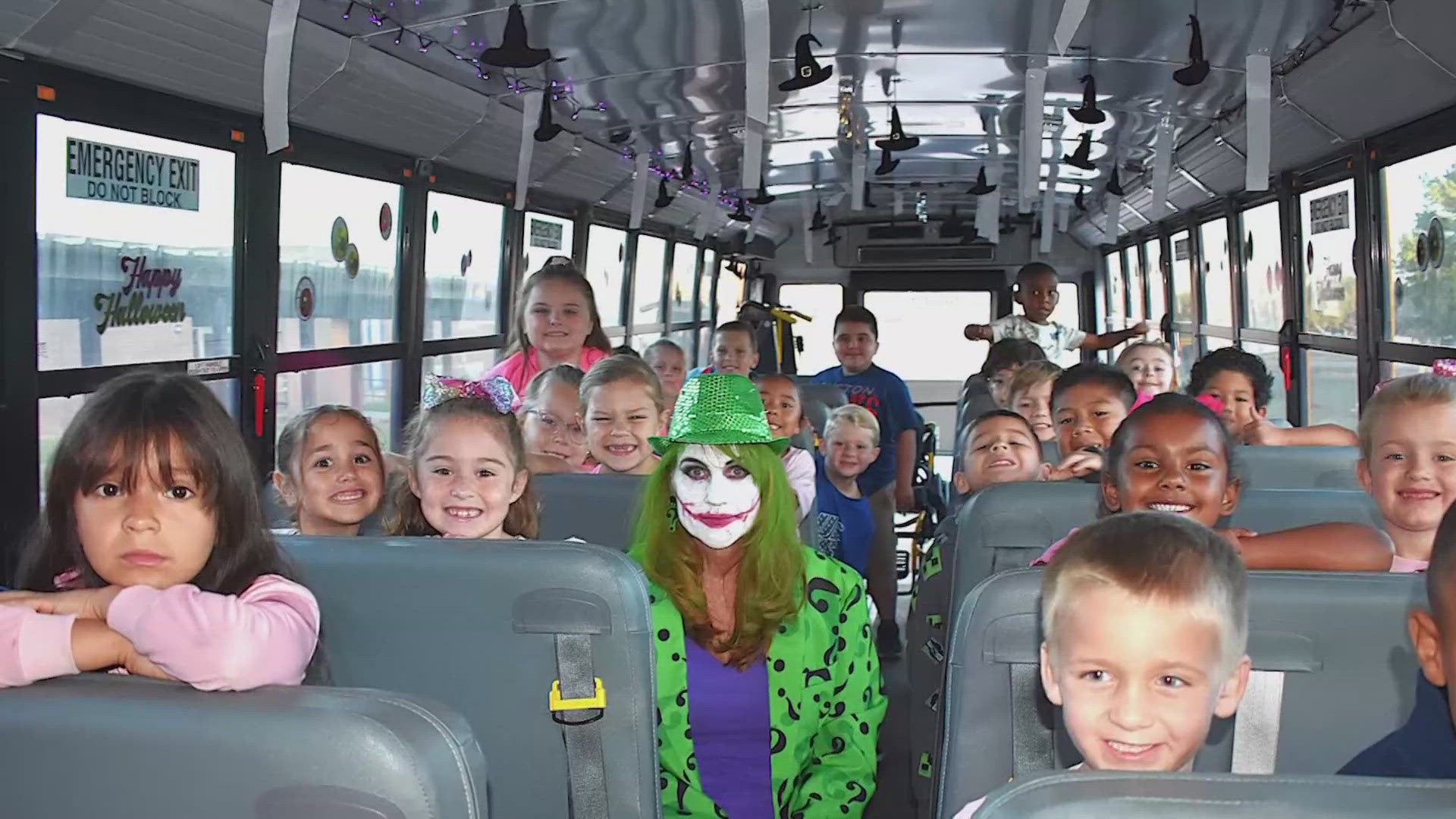As of Tuesday evening, a southern resident orca was still pushing along the body of her dead calf, marking more than a week of mourning. Researchers spent all day searching for the pair, finding them just before sunset off the Southern Gulf Islands in British Columbia.
Southern resident orcas like this one, known as J35 or Tahlequah, are native to the Salish Sea. Their fish-only diet, consisting mostly of Chinook salmon, sets them apart from other orca populations. Despite being listed as endangered in 2005, their numbers have continued to decline—there hasn’t been a successful birth in the last three years. By Wednesday, only 75 remain.
A reduction in Chinook salmon is the main driver of the whales’ population loss. The salmon the orcas eat used to weigh 100 pounds or more—now they’re usually only 10–20 pounds. Noise from the vessels crowding Puget Sound and pollutants in the water further disrupt their livelihoods.
“It’s a terrible time in the history of these whales,” said D. A. Giles, a biologist with the University of Washington Center for Conservation Biology and the director of science and research for the non-profit Wild Orca. “They’re starving to death because of our behavior.”
The practice of attending to the dead isn’t uncommon in whales and dolphins. But researchers have previously only observed this behavior for a single day. Tahlequah’s calf died on July 24, and she is showing no signs of letting it go.
Also see | Orca mom carries dead calf for week of 'deep grieving'
In the past week, the 20-year-old whale has traveled hundreds of miles. When the calf slips off her nose, she dives down to retrieve it as it sinks. Researchers don’t know if the mother is feeding or not, and they worry about the toll this grief ritual is taking on her. They wonder when she will decide to let the calf go.
“It’s only today that I can actually speak about it without choking up,” said Giles. “It hurts your heart to see.” She has been studying the southern resident orcas for 13 years and said she’s watched Tahlequah grow up.
To those watching, it is unmistakable that they are seeing a mother grieve for her child. Orcas can be pregnant for up to 18 months, and researchers know that this pair swam side-by-side before the calf died, within half an hour of its birth.
“We don’t tend to think of animals as sentient beings,” said Giles. “But it’s fairly elitist of us to presume that we are the only ones that can feel these deep emotions.”
Orcas are matrilineal, spending almost their entire lives with their mothers. Their social bonds are so strong that an adult male orca is eight times more likely to die the year after its mother dies than when its mother is alive. Scientists keeping an eye on Tahlequah have observed other members of the pod—other family members—helping her carry the dead calf.
With the world watching, Giles hopes that Tahlequah’s struggle will inspire action to save the southern resident orcas.
“What she’s doing is speaking volumes to us,” said Giles. “I hope we have the courage to make some major changes in the way that we’re dealing with our environment and their food that will be in time for these whales to recover.”
She paused and then added, “It’s gonna have to be fast.”
Also see | Orca protection order signed by Inslee



